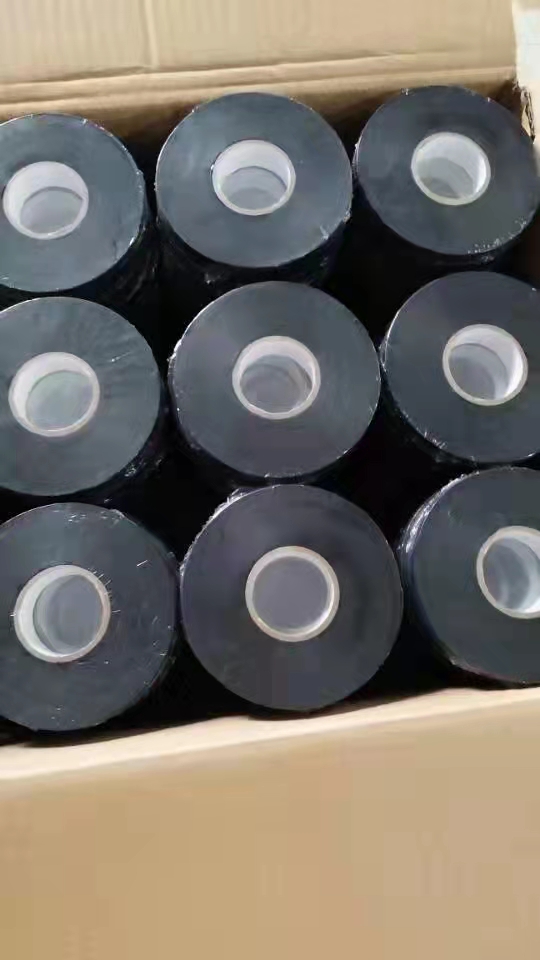How to Use Self-Amalgamating Tape A Comprehensive Guide
Self-amalgamating tape, also known as self-fusing or silicone tape, is a versatile and practical solution for a variety of insulation and sealing needs. What sets this tape apart is its ability to bond to itself without the need for an adhesive, creating a hermetic seal that is both watertight and airtight. This article will guide you on how to effectively use self-amalgamating tape for different applications.
Understanding Self-Amalgamating Tape
Self-amalgamating tape is made of a rubber or silicone material that has a unique property when stretched and wrapped around itself, it fuses into a solid layer. This tape is typically resistant to UV rays, extreme temperatures, and various chemicals, making it ideal for outdoor and industrial use.
Applications
The tape is commonly used in electrical insulation, plumbing repairs, automotive applications, and even in household repairs. It is particularly useful for wrapping wires, providing moisture resistance, and repairing hoses or pipe leaks.
How to Use Self-Amalgamating Tape
1. Preparation - Begin by cleaning the surface where you will be applying the tape. Ensure that it is dry and free from grease, dirt, or any other contaminants. This step is crucial as it allows for better adhesion and performance of the tape. - If you are repairing a wire, strip away any damaged insulation to expose the bare wire for better coverage with the tape.
self amalgamating tape how to use

2. Cutting the Tape - Cut a length of self-amalgamating tape suitable for your application. Remember that this tape cannot be repositioned once applied, so it is essential to measure adequately. A common practice is to use a piece that is at least three times longer than the area to be covered.
3. Application - Start at one end of the area you wish to cover. Stretch the tape as you wrap it around the surface. The act of stretching helps activate the self-amalgamating properties of the tape, ensuring a tight fit. - Overlap each wrap by about half of the tape’s width. This step is vital for creating a solid seal and preventing moisture or air from seeping through. - Continue wrapping until you reach the other end of the area. If you are covering a whole section, be sure to wrap smoothly and evenly.
4. Finishing - Once you have completely covered the area, press the tape down firmly, particularly at the end. Self-amalgamating tape will start to fuse upon contact, so it is important to ensure that the edges adhere well. - Allow time for the tape to fully amalgamate, which usually takes a few minutes. During this time, refrain from disturbing the tape to ensure a strong bond.
Safety Precautions
While self-amalgamating tape is user-friendly, it is always advisable to take safety precautions. Avoid contact with the tape if you have sensitive skin, and use gloves if necessary, especially in industrial or extensive applications.
Conclusion
With its unique self-bonding capabilities, self-amalgamating tape is an invaluable tool for anyone engaged in repairs or maintenance work. By following the above steps, you can effectively harness the benefits of this tape to ensure durable, reliable, and waterproof seals for your projects. Whether you are an amateur DIY enthusiast or a seasoned professional, mastering the use of self-amalgamating tape will undoubtedly enhance your repair capabilities and increase efficiency.
-
XIANGFAN Rubber Tape-Ultimate Solutions for All Your Insulation NeedsNewsJun.24,2025
-
XIANGFAN Rubber Tape-Protection for Industrial and Residential ApplicationsNewsJun.24,2025
-
XIANGFAN Rubber Tape: Superior Safety and Sealing for Demanding EnvironmentsNewsJun.24,2025
-
XIANGFAN Rubber Tape: Reliable Solutions for Every Electrical ChallengeNewsJun.24,2025
-
XIANGFAN Electrical & Industrial Tape: Powering Reliability Across IndustriesNewsJun.24,2025
-
XIANGFAN Electrical & Industrial Tape: Excellence in Every ApplicationNewsJun.24,2025
